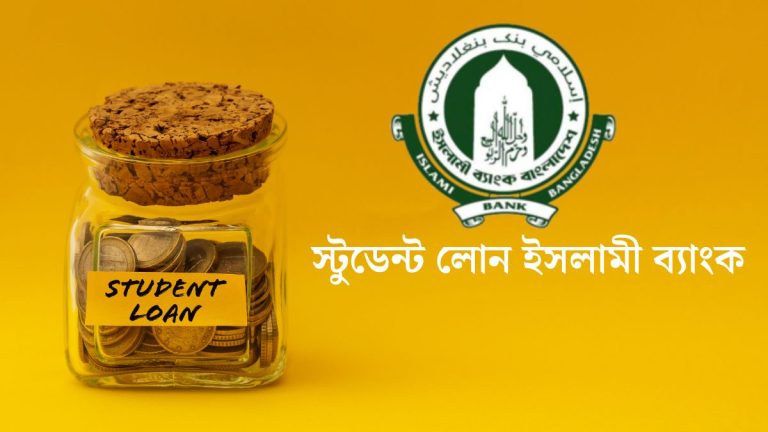Perkins Loan for U.S. Students
The Perkins Loan for Students has long been a beacon of hope for low-income American students seeking to pursue higher education. Though the program officially expired in 2017, its legacy, repayment structures, and forgiveness options continue to influence student loan policy and offer critical relief for many borrowers.
In this comprehensive guide, we will explore every essential detail of the Perkins Loan for Students, including its origin, how it worked, who qualified, repayment processes, and current alternatives. Our goal is to help you understand how this federal loan program functioned, how it may still affect your finances today, and what options are available for similar financial aid.
What is the Perkins Loan for Students?
The Perkins Loan for Students was a federal loan program aimed at helping undergraduate and graduate students with exceptional financial need. Administered by individual schools, it was a campus-based aid program, meaning schools provided funds from a federal revolving loan fund, which was replenished as borrowers repaid their loans.
It was one of the most student-friendly federal loans, offering:
- A fixed low interest rate (5%)
- No interest charged while the student was enrolled
- Generous loan forgiveness options
- Extended grace periods
This loan type was a lifeline for low-income students, allowing many to complete their education without taking on high-interest debt.
History and Background of the Perkins Loan
Originally launched in 1958 as the National Defense Student Loan Program, it was renamed the Perkins Loan in 1987 to honor Carl D. Perkins, a Kentucky congressman known for his work in education.
Over the years, it evolved to support millions of students across the United States. However, due to legislative gridlock and shifting federal priorities, the program ended on September 30, 2017.
Even though the Perkins Loan for Students is no longer being issued, thousands of students are still repaying or eligible for forgiveness, which makes understanding this loan program important.
Eligibility Criteria
To qualify for the Perkins Loan for Students, applicants had to meet strict financial need requirements based on FAFSA (Free Application for Federal Student Aid) submissions.
Key eligibility requirements included:
- U.S. citizenship or eligible non-citizen status
- Enrollment in a participating school
- At least half-time student status
- Demonstrated exceptional financial need
- Good academic standing
The Financial Aid Office at each school would determine the award amount based on available Perkins Loan funds and the student’s financial need.
Application Process
Students had to submit the FAFSA each academic year to be considered for the Perkins Loan. The school’s financial aid administrator would then determine whether the student qualified for the Perkins Loan for Students based on:
- Cost of attendance (COA)
- Expected family contribution (EFC)
- Other financial aid received
Once approved, students signed a promissory note and received disbursements to cover tuition, fees, books, and living expenses.
Loan Limits and Interest Rates
The Perkins Loan for Students featured favorable limits and interest rates, making it an ideal option for many.
Loan Limits:
- Undergraduate students: Up to $5,500 per year, $27,500 total
- Graduate students: Up to $8,000 per year, $60,000 total (including undergrad loans)
Interest Rate:
- Fixed 5%, lower than most federal and private student loans
What set this loan apart was that no interest accrued while the student was enrolled at least half-time or during the 9-month grace period after leaving school.
Repayment Terms and Grace Period
Students began repaying their Perkins Loan for Students nine months after they graduated, dropped below half-time enrollment, or withdrew from school. This was longer than the 6-month grace period offered by Direct Subsidized and Unsubsidized Loans.
Key Repayment Features:
- 10-year repayment term
- Fixed monthly payments
- No origination fees
- No prepayment penalty
- Deferment and forbearance options available
Repayment was made directly to the school or their assigned loan servicer, not through the Department of Education.
Perkins Loan Forgiveness Options
One of the most valuable aspects of the Perkins Loan for Students was the loan cancellation program. Students who entered specific public service professions could have up to 100% of their Perkins Loan forgiven.
Eligible professions included:
- Teachers in low-income schools or in subjects with teacher shortages
- Nurses and medical technicians
- Law enforcement officers
- Firefighters
- Public defenders
- Military service members
- AmeriCorps and Peace Corps volunteers
- Librarians with master’s degrees in underserved schools
Forgiveness Schedule:
- 15% canceled after each of the first and second years
- 20% for each of the third and fourth years
- 30% canceled after the fifth year
This progressive forgiveness schedule helped many reduce or eliminate their debt through community service.
What Happened to the Perkins Loan?
The Perkins Loan for Students officially ended on September 30, 2017, due to Congressional inaction on extending the program.
Why Was It Discontinued?
- Concerns over program sustainability
- Increased reliance on Direct Loan programs
- Push for simplification of federal student aid
Although the program stopped issuing new loans, students with existing Perkins Loans still must repay them unless eligible for forgiveness.
Alternatives to Perkins Loan for Students
Since the Perkins Loan for Students is no longer available, students must now turn to other options.
Federal Loan Alternatives:
Direct Subsidized Loans
- Need-based
- Interest-free during school and grace period
Direct Unsubsidized Loans
- Not need-based
- Interest accrues immediately
Direct PLUS Loans
- For graduate students or parents of undergraduates
- Higher interest rate (around 8.05% as of 2025)
State and Institutional Loans:
Many states and colleges offer low-interest loan programs. Check with your school’s Financial Aid Office.
Scholarships and Grants:
Apply for:
- Pell Grants
- FSEOG (Federal Supplemental Educational Opportunity Grant)
- Private scholarships from foundations and organizations
Tips for Managing Student Loans in 2025
- Start early: File your FAFSA as soon as possible each year.
- Explore grants and scholarships: Free money reduces the need for loans.
- Budget wisely: Don’t borrow more than you need.
- Monitor interest rates: Know how interest is accruing on your loans.
- Use repayment calculators: Estimate your future monthly payments.
- Consider forgiveness options: If working in public service, you may qualify.
- Keep track of loan servicers: Don’t ignore correspondence about repayments.
Frequently Asked Questions (FAQ)
Can I still apply for the Perkins Loan for Students?
No, the Perkins Loan program ended in 2017. However, if you previously received one, you are still responsible for repayment and may be eligible for forgiveness.
Is the Perkins Loan interest rate still fixed at 5%?
Yes, existing Perkins Loan for Students accounts still carry the 5% fixed rate, even after disbursement ended.
Can I consolidate my Perkins Loan?
Yes, but be cautious. Consolidation into a Direct Consolidation Loan may disqualify you from Perkins-specific forgiveness programs.
Who qualifies for Perkins Loan forgiveness?
Borrowers working in specific public service roles (teachers, nurses, law enforcement, etc.) may qualify for up to 100% loan cancellation.
What happens if I default on my Perkins Loan?
Defaulting may lead to wage garnishment, tax refund seizure, and credit score damage. Contact your loan servicer immediately for deferment or forbearance options.
Conclusion
Although the Perkins Loan for Students is no longer being offered, its impact on American education is undeniable. For decades, it served as a vital support system for students from low-income backgrounds, offering affordable access to higher education and meaningful opportunities for public service.
If you’re managing an existing Perkins Loan, take full advantage of its generous repayment and forgiveness options. If you’re a new student seeking aid, federal Direct Loans, grants, and scholarships can provide viable alternatives.
By staying informed and proactive, you can minimize debt and maximize your educational opportunities—even in the absence of the Perkins Loan.





